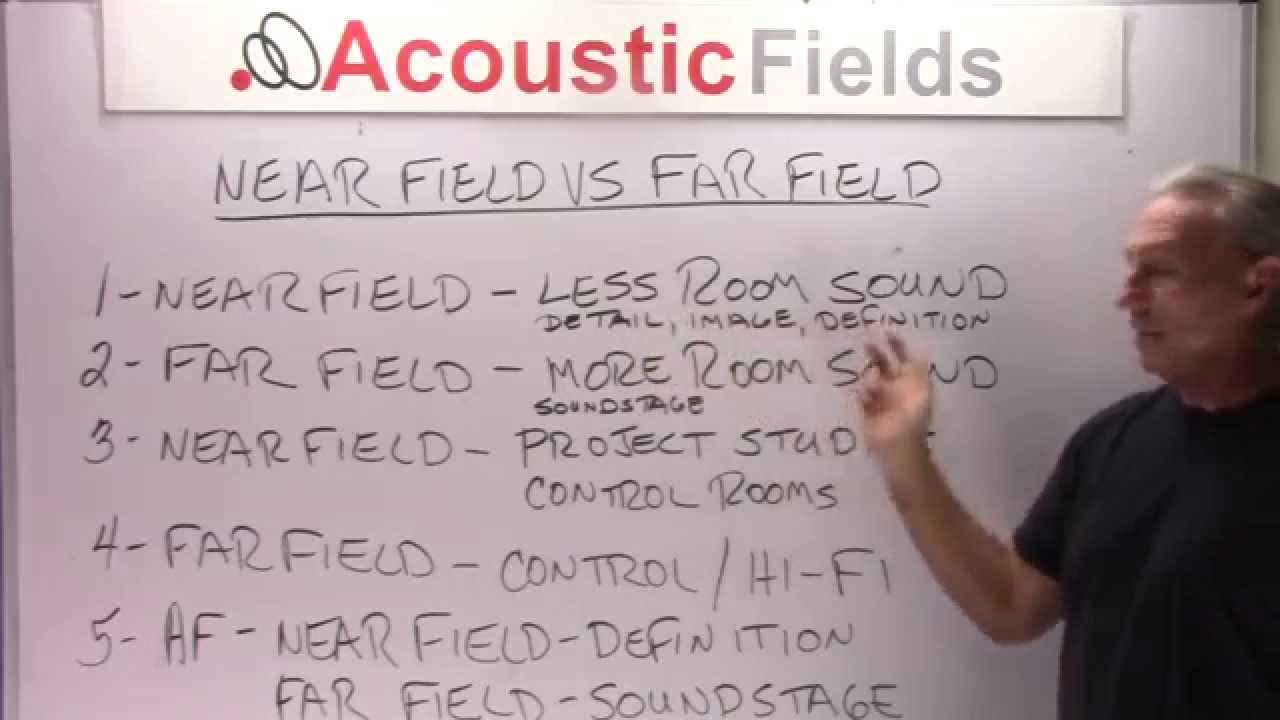unfortunately totally wrong, if you hear a greater reverberation time than 0.4 sec (100hz-20khz) at the listening position, you don't hear the loudspeaker but your room.When your measurement looks like that I have no idea what any speaker would sound like . I’ll be standing outside taking deep breaths. That is what I am saying : Some may love a dead room like your RT 60.Darken it and remove the window and I’ll sense a womb, torture chamber or modern recording studio and run While others may think it is perfect . There is no Whats Best , just what you like. Stop the gear fascination, please , look at Hughs measurements . You’ll get to a ballpark RT 60 immediately.
my reverberation measurement does not apply to the entire room but only to the listening position
it was done by ME geithain speaker corporation ,you can book this service. that was the best money I ever gave for my hobby.
P.S I have no doubts that hughp3 room will sound good, only the measuring method surprised me









